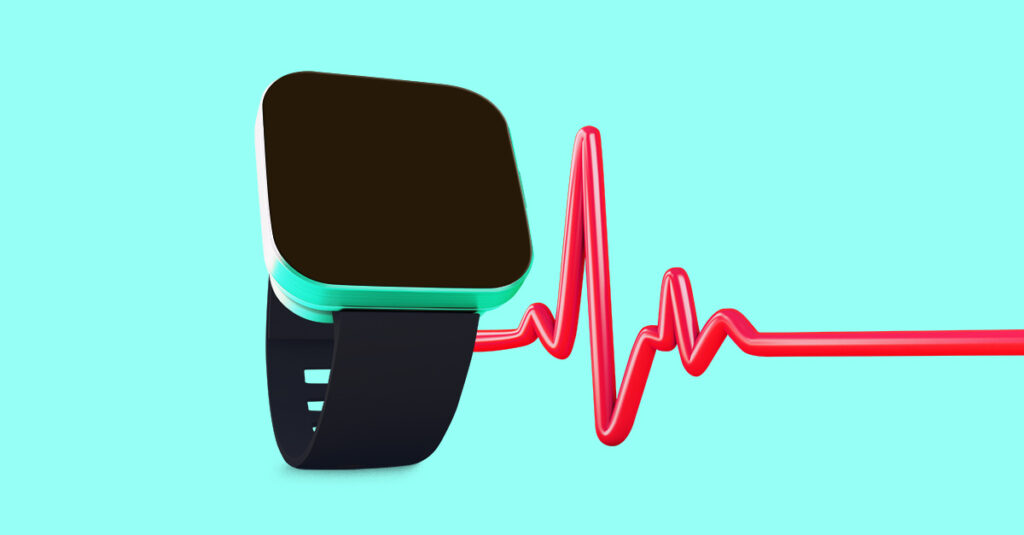
Image: Iluros
3 Technologies Helping Older Loved Ones Age in Place
The “sandwich generation” refers to the growing number of middle-aged Americans who are financially supporting their children and aging parents over the age of 65 at the same time. If you’re a member of this generation, you know that the pressure to be everything to everyone can feel like too much at times. As our loved ones get older, we may start to worry about them as they become more vulnerable to dangers such as falls in their day-to-day lives.
While we would love to protect them from harm at all times, we aren’t always able to. We can, however, give them the tools they need to age in place, or “live safely, independently and comfortably, regardless of age, income, or ability level.” Here are three ways technology is helping older loved ones live independently.
Medical alert systems
Medical alert systems are purpose built to:
- Connect your family member with help during an emergency.
- Notify family members of an emergency.
- Provide peace of mind for your aging parent and your family.
How medical alert systems work
There are two basic components of a medical alert system: the base and the wearable device. Typically, the base is set up in your loved one’s home and connected to power and either internet or a phone line. The base is then paired with the wearable medical alert device, be it a necklace or a wristband.
If there is an emergency, your family member can either press the button on the base unit or on the wearable device. Doing so will automatically connect them to someone through the phone line or internet. If this is a monitored medical alert system, that someone would be a person trained in emergency response. If it is a non-monitored medical alert system, it could be whoever you choose, as the system will call your pre-programmed list of emergency contacts (family members, medical providers, neighbors) until someone picks up.
With both systems, appropriate help is dispatched once the nature of the emergency is determined. Find the best medical alert system for you and your loved one.
Smartphone apps
Mobile apps can provide helpful benefits to aging populations:
- Provide critical medical information and contacts to first-responders during an emergency.
- Monitor and record vitals to help inform care decisions and alert you to potential medical emergencies.
- Track their location and get alerted about actions like when they leave home.
Apple Health
The Health application on the iPhone allows you to create a Medical ID, where you can enter emergency contacts, date of birth, height, weight, medical condition and even blood type, in case of an emergency. Within the settings, you can choose to turn on the “show when locked” function to make the Medical ID available even when the phone is locked. This way, if someone is assisting your family member in an emergency, they have access to the most important health information.
The health app can also capture data from a number of different devices, like an electrocardiogram (EKG) monitor that your loved one can wear on their wrist, or a home blood pressure monitor. This data can help you and your loved one’s medical provider make care decisions.
Life360 and Find My Friends
Apps like Life360 and Find My Friends help families stay connect by providing location sharing. Other features also include notifications when someone leaves a certain user-defined area, and alerts to emergency contacts and paramedics if an emergency is detected. If you ever have trouble getting in touch with your loved one or worry about where they are, these apps may be the answer.
Smart home monitoring
Smart home technology can provide transparency about the safety and status of your aging family member.
- Visually check in and communicate with your older loved one.
- Monitor activities and see warning signs of medical issues or emergencies.
- Allow your family member to more easily manage their medication.
- Allow your aging family member function more easily in their own home.
Smart cameras
Wi-Fi cameras can be placed anywhere and monitored over the internet on your smartphone. You can use Wi-Fi cameras to keep an eye on your loved one and be aware of their movements throughout the house. Depending on your family’s preference, you can get a camera system that has two-way audio so you can communicate and see each other, especially during an emergency.
Smart sensors
There are a number of different sensors available, all of which link into a smart home ecosystem and communicate over Wi-Fi. Sensors can be attached to beds, refrigerator doors, bathroom and shower doors, basement doors, and windows — virtually anything in the house your loved one would come in contact with on a daily basis.
These sensors can help you monitor their activity and also alert you to potential dangers. For example, if your dad typically takes a shower first thing in the morning every day, you can put a motion sensor in the bathroom and set up to be notified when the sensor is triggered. If you notice that you haven’t received a notification by 11 a.m. you may want to go over and check on them.
Other sensors can help seniors who have difficulty seeing or walking. For example, there are smart lighting systems that are triggered by movement and automatically brighten rooms when you step into them. Lastly, pill bottles with sensors built in can help your loved one keep track of when they last took their medicine, or when they need to request a refill.
Make a plan that works for your family
Like all things, no single solution is going to be perfect for every family or situation. Talk to your aging loved one, their medical providers, and the rest of the family to determine which solutions make the most sense to implement.
Product features may have changed and are subject to change.



